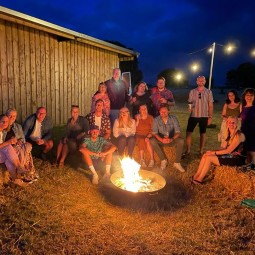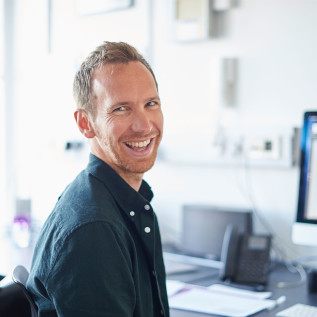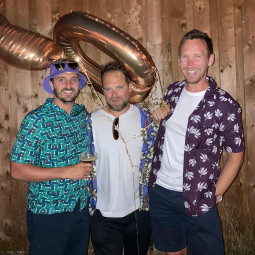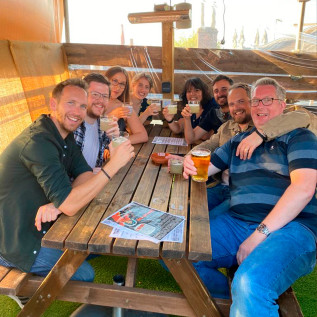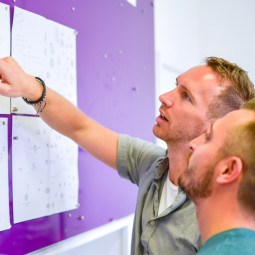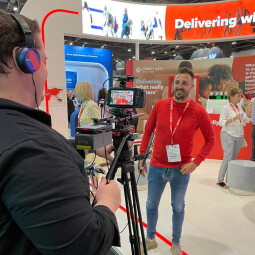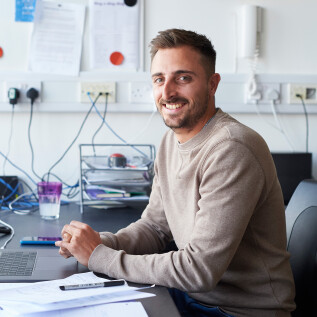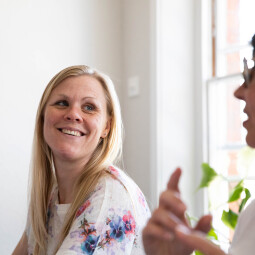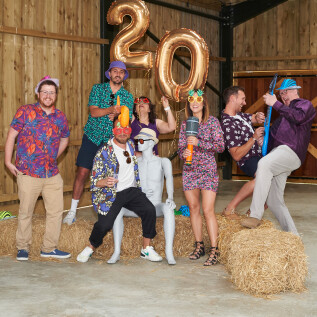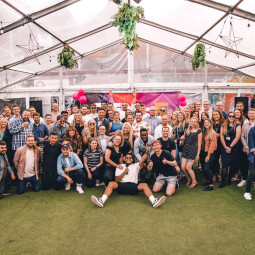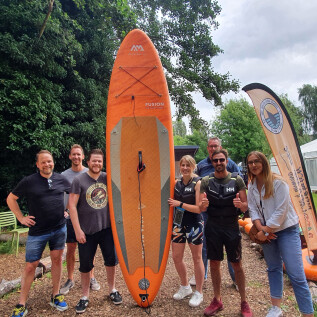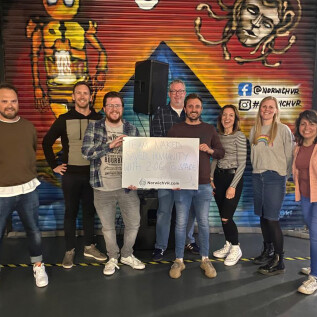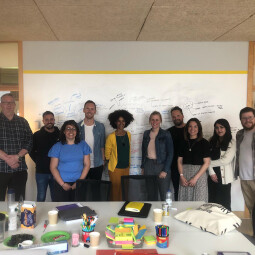
Design for digital
The User Story: Crafting User-Centred Design with Tom Haczewski
23/04/24
In the rapidly evolving landscape of digital technologies, maintaining a user-centred design approach is more crucial than ever.
We had the pleasure of sitting down with Tom Haczewski, the Managing Director of The User Story in Norwich, to delve into the intricacies of user experience (UX) and how his agency is leading the charge in creating intuitive, user-friendly digital environments. Starting his career as an eCommerce marketing analyst enabling him to learn the foundations of HTML, CSS as well as design, user testing and SEO, he’s worked across both client and agency facing roles prior to setting up The User Story in 2015.
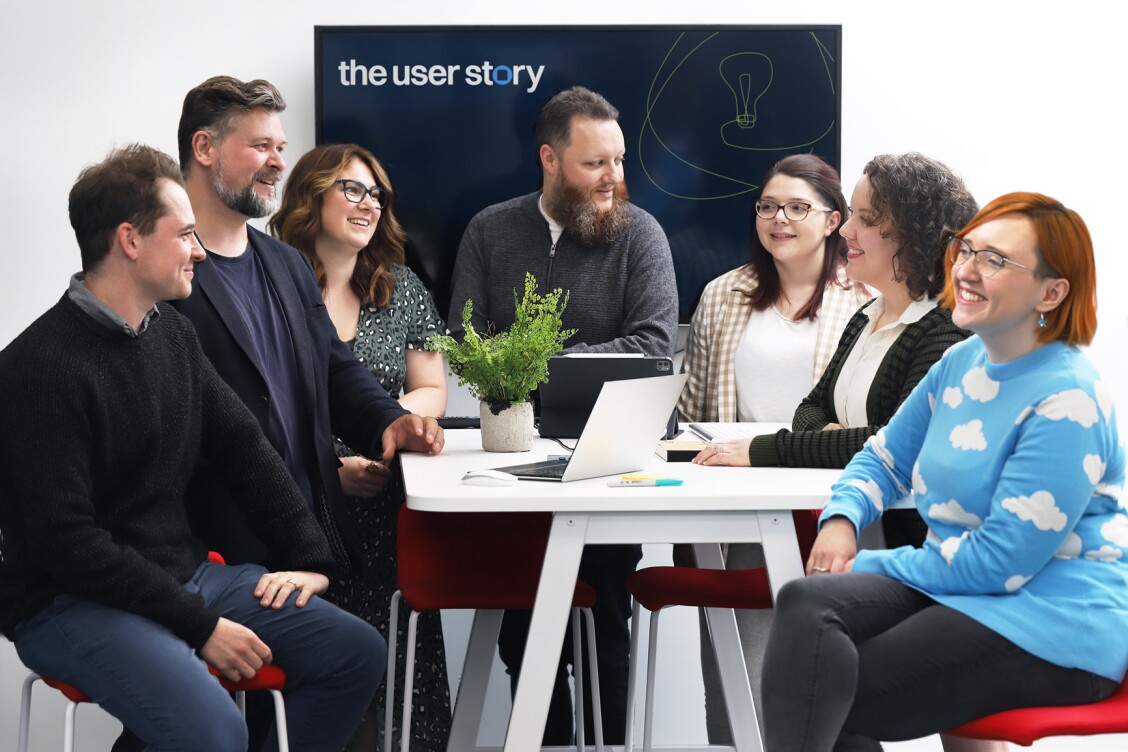
User-Centred Design Philosophy:
Q: In the context of evolving web technologies, how do you maintain a user-centred design philosophy at The User Story, and how does this approach influence the development of new features or products?
A: With the constant evolution of web technologies, the team and I maintain a user-centred approach by living by our mantra of TEST TEST TEST! It's not just about functionality; it's about understanding and improving how users interact with your products. This philosophy drives our process of continuous knowledge-seeking and shapes the development of new features and products. Think about what you don’t know now that you want to know more about and what the journey might look like to get to the point of learning something new. This might take the form of an MVP (minimum viable product) to test out the basics with users prior to going further out to market.
Balancing Aesthetics and Usability:
Q: Many websites struggle to find the right balance between aesthetics and usability. What strategies do you recommend for achieving this balance, ensuring that a site is not only visually appealing but also user-friendly and accessible?
A: Striking that perfect balance between aesthetics and usability is one of the most enduring challenges in web design but it’s all about being brave and again TEST TEST TEST!
Brave means potentially doing something that’s not been done before, but this opens up additional learning and feedback opportunities from users to potentially make that user experience even better. My approach has always been to strive for a harmonious blend, informed by Jakob's Law (The ‘Father’ of usability) which talks about how most users spend 99% of their time on other people’s apps/websites, which develops a memory of an experience in their mind. This experience creates expectations when they use similar sites, and they expect it to work the same way, basically transferring these expectations. I always advocate for creating something familiar yet innovative and believe in the power of continuous iteration based on user feedback to refine a site's design.
Overcoming Common UX Challenges:
Q: Based on your experience, what are some of the most common UX challenges that websites face today, and what practical steps can developers and designers take to overcome these?
A: There are several UX challenges that seem to persist, such as mobile navigation difficulties and the inadvertent use of internal jargon in user interfaces. I'm critical of overused product carousels that mean zero to the user and complicated cookie policies that detract from the user experience especially as this is the first impression when you land on a site for the first time and an opportunity to engage with the customer instead of disengaging them with a word salad! - it’s simply track me or don’t.
Large companies also seem to hide behind hamburger menus, which reduces usability whereas they need to be thinking about questions their customers are asking i.e. ‘how do I find the information I’m trying to seek as quickly and easily as possible’.
The other big one we come across often and which puts a lot of customers off is internal jargon/terminology making it onto the website, where internal assumptions have turned into their interface and where weird names or internal names make it onto the site content. This means absolutely nothing to a user and complicates their journey even more and harder still, assumptions on user behaviour without testing is just poor internal decision making. Remember YOU ARE NOT THE CUSTOMER and nor is ‘The Board’.
My solution is always to simplify and clarify, ensuring that we prioritise the user's needs above all else.
Metrics for Success:
Q: When it comes to user experience, what metrics or indicators do you prioritise at The User Story to gauge the success of a website or digital product, and how do these insights drive improvements?
A: When it comes to success metrics, it really depends on the project.
For e-commerce sites, metrics such as conversion rates are key as well as looking at dropout and churn rates and as there is usually a checkout page there will be a primary and secondary user flow, while for other sites such as those focussing on products, user engagement and flow may be the focus. For me, a combination of quantitative and qualitative data to fully understand the user experience and inform our design improvements is key.
Future Trends in UX:
Q: Looking ahead, what emerging trends or technologies do you believe will have the most significant impact on user experience, and how should businesses prepare to adapt to these changes?
A: As I look to the future, I see AI as a major influencer on user experience, with the potential to automate many processes and revolutionise how we interact with technology. Businesses must stay inquisitive, always asking, "What do we want from the internet?" This is the kind of questioning that will prepare us for an AI-driven future and the evolution of online content delivery i.e. if you currently want to find a recipe example, you would search for this, then be hit with a wave of options, followed by ads, a life story of the person giving you the recipe, some more ads and then hopefully the ingredients and recipe itself probably linked to another advert of where to buy those ingredients from, everything is monetised in the current form and that’s not necessarily what the user wants and therefore how do we make this experience better (ARC is a great example of a browser not offering all those extras) but if these changes were made and you literally just got the recipe, then our relationship with content itself would completely change moving forward as the monetisation would not be there, nothing pretty, just pure information- an interesting concept to think about.
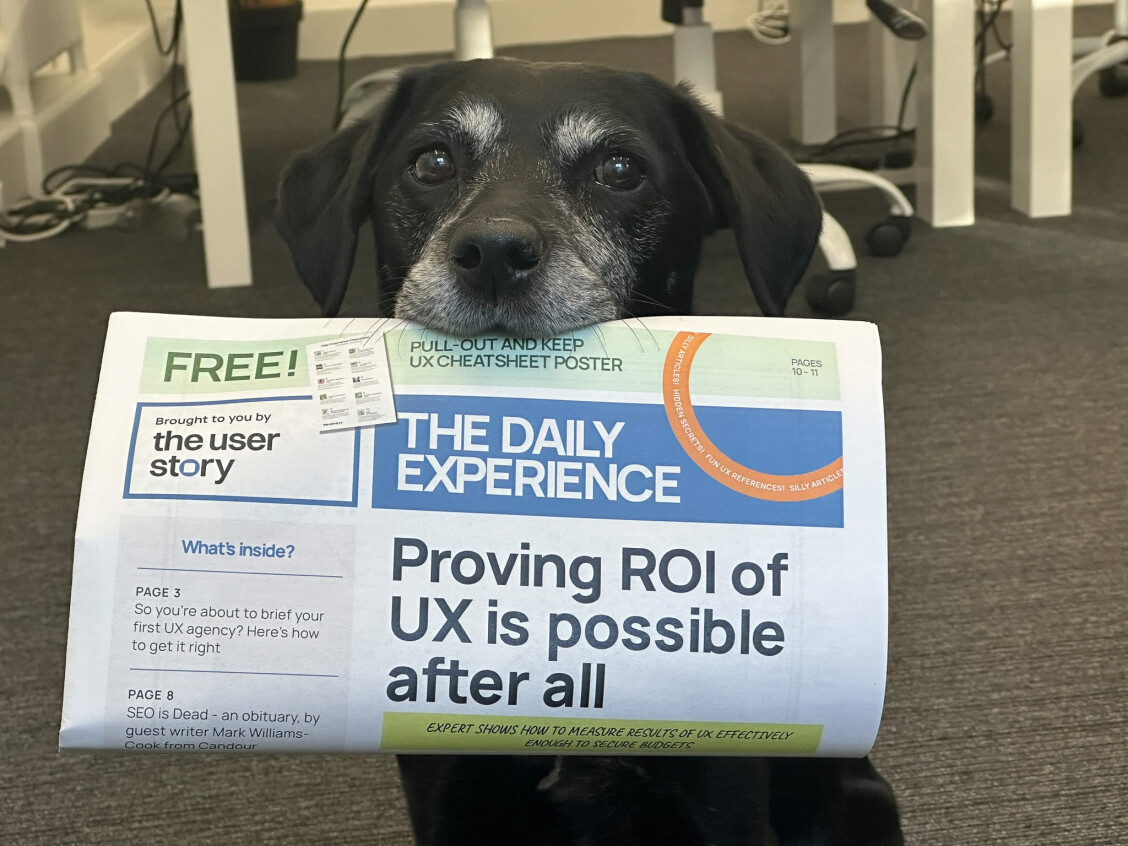
Q: What resources would you recommend for anyone interested in learning more about user design?
A: I’d recommend several resources for those eager to dive deeper into UX, including Steve Krug's works on usability testing and Don Norman's seminal book, The Design of Everyday Things. We also create our own printed newsletter, offering a tangible connection to the latest in UX thought leadership pieces, to get a copy drop me a line at the user story or head over and connect on LinkedIn.
Other good resources include Smashing magazine: www.smashingmagazine.com and Lenny’s Podcast: www.lennyspodcast.com
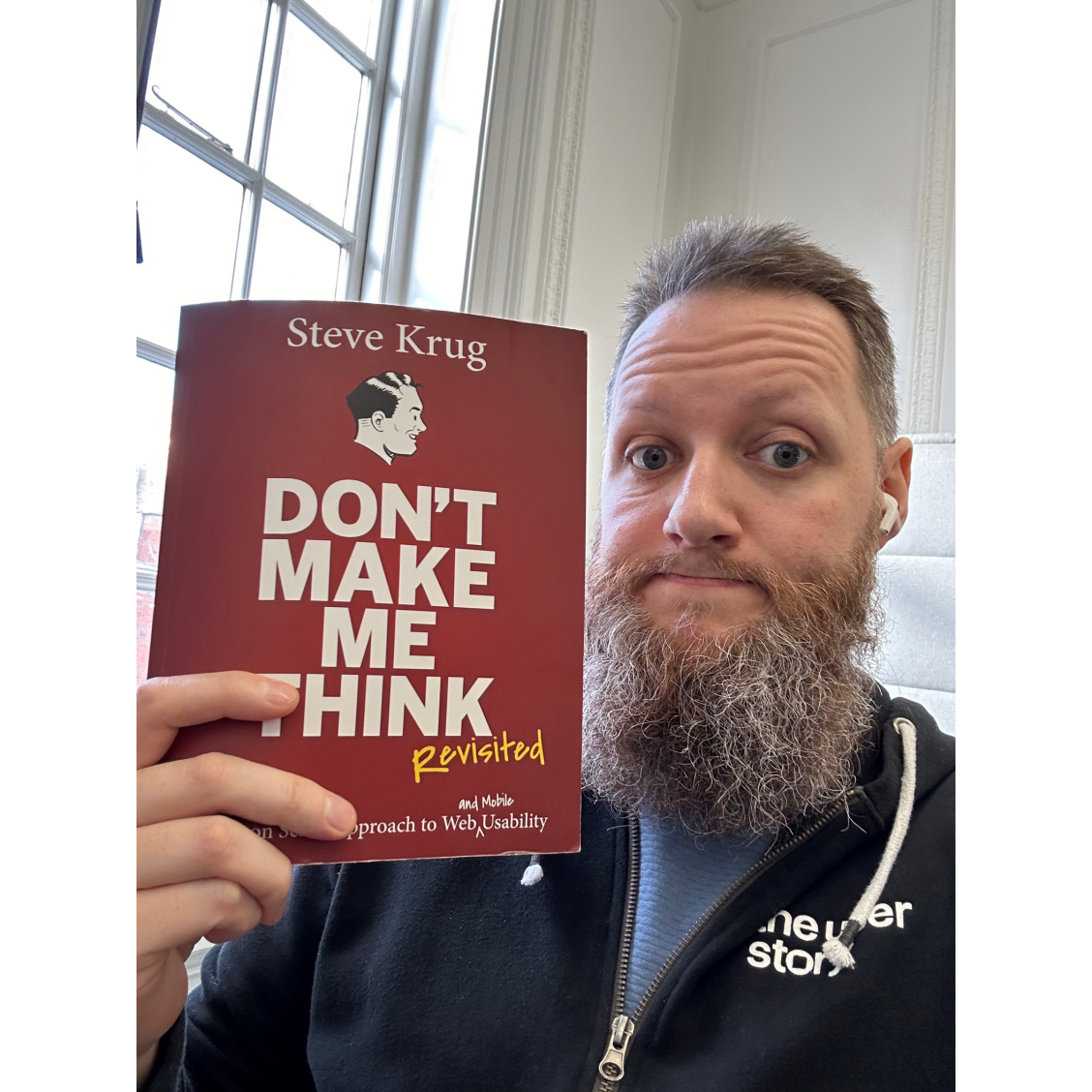
Q: What networking events can we find you at in the city?
A: Im deeply involved in the digital community in Norwich, from hosting Hot Source, a successful digital community group, to participating in events like Brandland and Sync the City as I really believe in the collective power of creative minds.
Q: Why the ‘fine’ city of Norwich?
A: For me, the choice to base The User Story in Norwich is both personal and practical.
As a native, I appreciate the city's creative vibrancy, strategic location, and quality of life. The location, people, and creativity here are brilliant, underscoring the advantages of a remote-first, office-second business model.
It's clear that The User Story is not just about designing websites; it's about creating user-centred experiences that resonate on a personal level. Their approach, grounded in relentless testing, user feedback, and a keen eye on the future of technology, positions them as a business looking to navigate the complex terrain of digital user experience.
To find out more visit: www.theuserstory.com or connect with Tom on LinkedIn:
@Tom Haczewski
